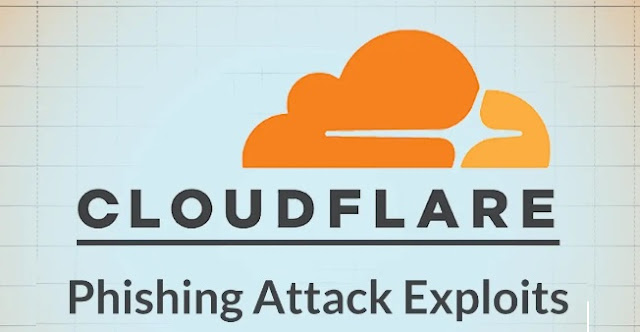Introduction
In recent times, the cybersecurity landscape has witnessed a significant surge in the exploitation of Cloudflare R2 by threat actors for hosting phishing pages. Netskope, a prominent security research entity, has reported a staggering 61-fold increase in the use of Cloudflare R2 for this nefarious purpose over the past six months. This alarming trend poses a severe threat to the security of sensitive information, with a primary focus on Microsoft login credentials.
Cloudflare R2: Unraveling the Tactics
1. The Rise of Cloudflare R2
Cloudflare R2, akin to other cloud storage services such as Amazon Web Service S3, Google Cloud Storage, and Azure Blob Storage, functions as a data storage service in the cloud. However, its exploitation by threat actors in hosting phishing pages marks a troubling development in the cybersecurity landscape.
2. Targeted Platforms
Netskope's security researcher, Jan Michael, highlights that the majority of phishing campaigns leveraging Cloudflare R2 are specifically engineered to target Microsoft login credentials. Nevertheless, there is evidence of campaigns extending their reach to platforms such as Adobe, Dropbox, and other cloud applications, broadening the scope of potential victims.
Evading Detection: The Ingenious Techniques
3. Cloud App Malware Origin Points
The alarming surge in the use of Cloudflare R2 aligns with an overall increase in the number of cloud applications serving as malware download origins. The total count now stands at 167, with Microsoft OneDrive, Squarespace, GitHub, SharePoint, and Weebly emerging as the top five contributors to this concerning statistic.
4. Turnstile Offering: A CAPTCHA Replacement
Notably, the phishing campaigns identified by Netskope not only exploit Cloudflare R2 but also leverage the company's Turnstile offering. This CAPTCHA replacement serves as an anti-bot barrier, hindering the detection efforts of online scanners like urlscan.io. The utilization of Turnstile prevents these scanners from reaching the actual phishing sites, as the CAPTCHA test results in a failure.
5. Conditional Content Loading
To further complicate detection efforts, malicious sites designed to host phishing pages load content selectively based on specific conditions. Netskope's Jan Michael explains, "The malicious website requires a referring site to include a timestamp after a hash symbol in the URL to display the actual phishing page." This intricate mechanism adds an additional layer of evasion to the threat landscape.
6. Redirection Tactics
In the absence of a URL parameter passed to the referring site, visitors are cunningly redirected to www.google[.]com, a deceptive tactic employed by threat actors to mislead users and potentially escape detection.
Conclusion
The evolving tactics of threat actors in exploiting Cloudflare R2 for phishing campaigns demand heightened vigilance and proactive security measures. As cybersecurity professionals grapple with these emerging challenges, collaboration and information sharing remain paramount. Netskope's findings underscore the need for continuous adaptation to evolving threat landscapes and the importance of robust security measures to safeguard user data and digital assets. The cybersecurity community must remain vigilant to stay one step ahead of threat actors who constantly innovate to exploit vulnerabilities in the digital ecosystem.











0 Comments